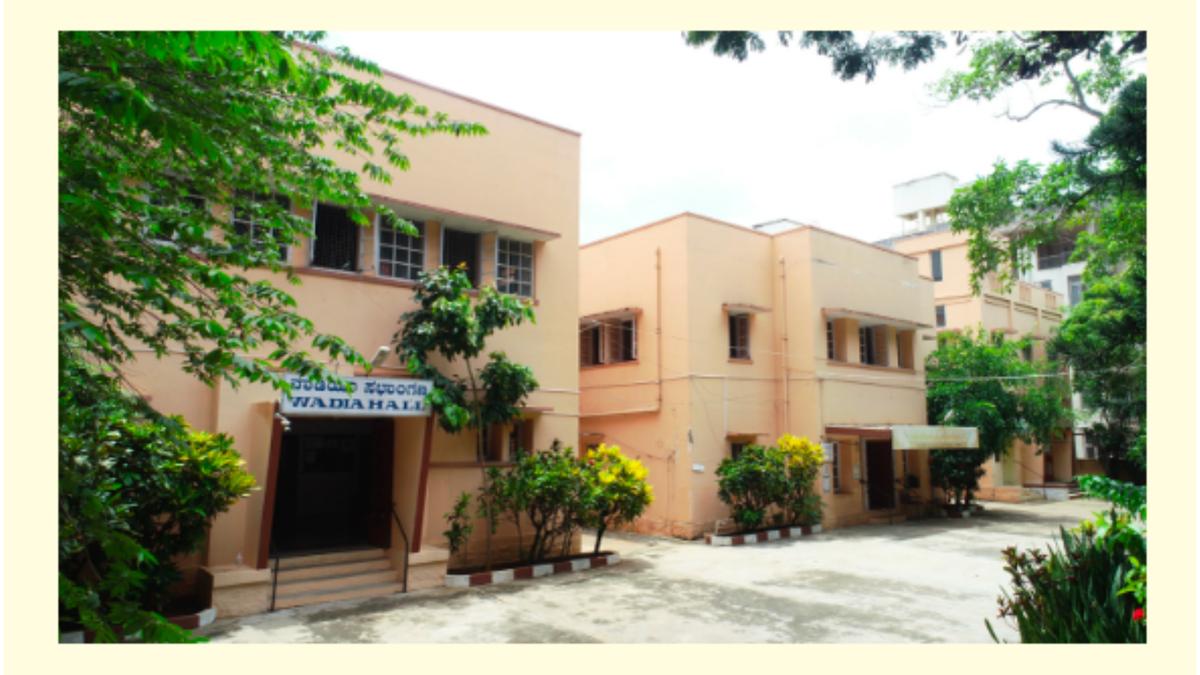
At 80, B.P. Wadia’s vision for Indian Institute of World Culture in Bengaluru still going strong
The Hindu
As the Indian Institute of World Culture in Bengaluru completes 80 years, here’s a look at how the INTACH-listed heritage building, housed close to lung spaces as well as old shopping localities such as Gandhi Bazaar and Chamarajapete, has become a a favoured destination for cultural events.
Strolling down BP Wadia Road from MN Krishna Rao Park, it would be hard to miss the Indian Institute of World Culture (IIWC) in Basavanagudi. In the 80 years since its inception, the Institute has always drawn visitors, courtesy its huge library, performance hall and serene surroundings.
“An interesting addition has been the art gallery within the premises. Artists now have a chance to display their work within a space that boasts an old world charm, complete with red oxide flooring and timber rafters on the high ceiling. IIWC is housed in an acre of land,” says Arakali Venkatesh, Secretary, IIWC.
According to Arakali, BP Wadia set up IIWC in Bengaluru to cater to students of Theosophy, who volunteered their time and energy for the cause of universal brotherhood through art and culture — a duty they considered paramount. Wadia’s involvement was awe-inspiring. “Back then, Bangaloreans would quip that if North Bengaluru had the Tata Institute (IISc), the South had the Wadia Institute,” Arakali says, adding IIWC has long run on a strong volunteer base.
Visitors to IIWC find it quite relaxing to visit this INTACH-listed heritage building, housed in a tranquil location, just a stone’s throw from Lalbagh and Krishna Rao Park. The proximity to old Bengaluru shopping localities such as Gandhi Bazaar and Chamarajapete as well as an abundance of restaurants, make it a favoured destination, to say nothing of IIWC’s convenient parking space within the premises.
Bahmanji Pestonji Wadia, born in 1881 in erstwhile Bombay, was the eldest son of Pestonji Cursetji Wadia and Mithabai. Belonging to a family of shipbuilders from a village in Surat, young Wadia joined the family textile business after matriculation, going on to take over following his father’s demise.
In 1904, Wadia sold the flourishing textile venture and became involved with the philosophy of the Theosophical Society founded by Helena Blavatsky and Henry Steel Olcott. Over the years, he resolved to devote his life to sharing Theosophy and even moved to Madras in 1908 where he managed the Theosophical Publishing House working under Annie Besant. In the following decade he turned a prolific author with over 30 titles to his credit.













